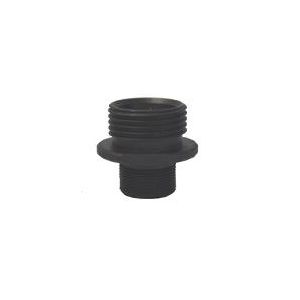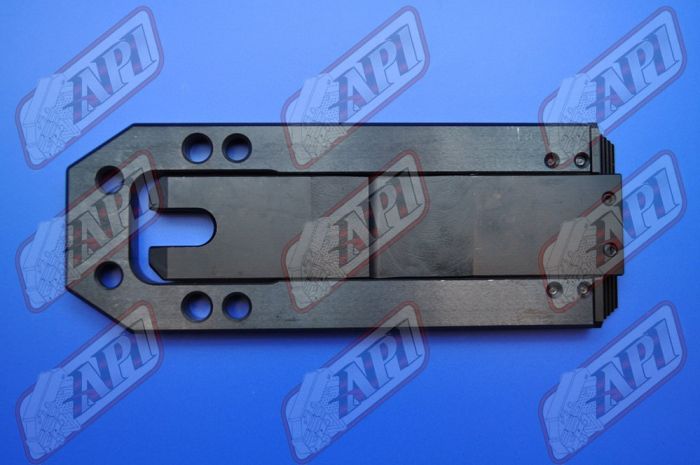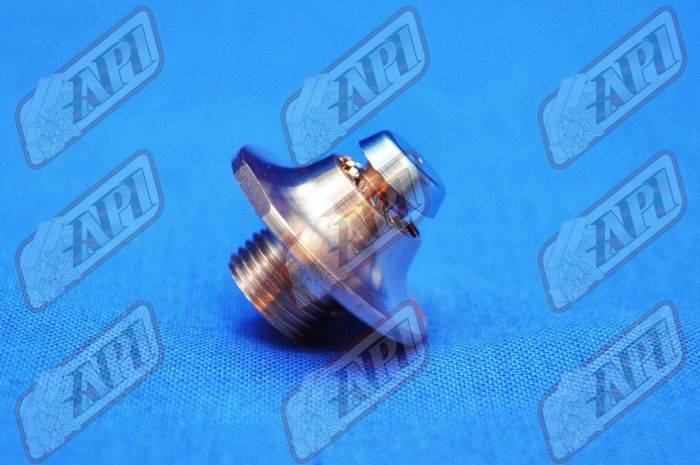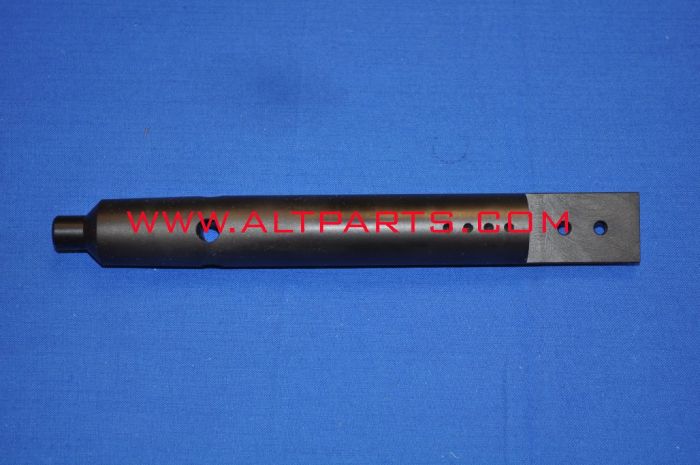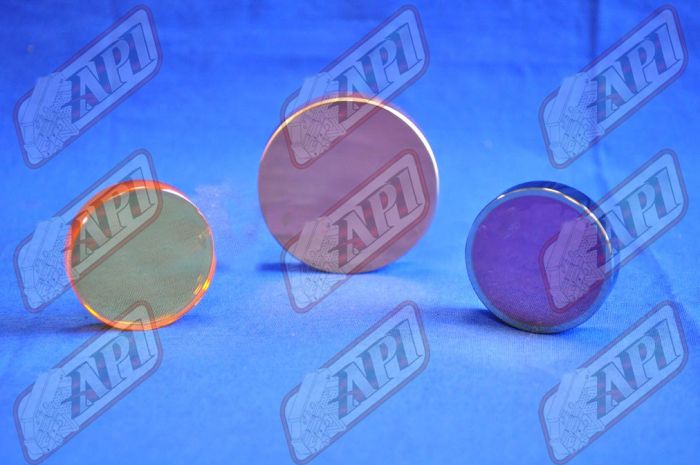Laser cutting is both -- the present and the future of the technology world. Even educational organizations praise their applications and future opportunities it would bring.
Hence, this article is dedicated to the recent trends laser cutting machines are offering and how you can leverage them:
1. Introduction in the new industries:
The laser cutting machine is useful because of its fast and automated nature. Today it has become an integral part of large-scale manufacturing processes. Laser cutting machines and their parts like Prima optics, Mitsubishi replacement parts assure an increase in productivity, reduces overtime and production cost. Additionally, it even assures human safety.
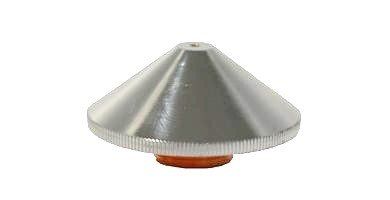
Because of these major reasons, different industries like the automotive, shipping and aviation industry are leveraging the technology. It also helps in decreasing manual labor and deliver more in less time. This, in turn, helps companies to let employees focus on other important work.
2. New nozzle designs:
There are various types of nozzle designs available in the market. Mazak uses three nozzle designs that are useful in increasing cut speed and decreasing gas consumption.
The new designs of nozzle include a single nozzle, double nozzle and low consumption of nozzles.
Let’s see each of them in brief:
1. Single Nozzle:
It is also known as a traditional nozzle and offers a reliable cutting performance. It is useful for ½’’ thickness of the material or under and offers minimal taper. This type of nozzle choice can be a reliable choice however it has a bit slower cutting speed for thick materials with a high gas consumption rate for these three designs.
2. Double nozzles:
They are similar to single nozzles but offer reliable cutting performance for a different range of materials. These nozzles shine for cutting ¼’’ and under. For a double nozzle, there are different cut speeds for a range of materials and it has a low gas consumption. Depending on the material and the thickness, double nozzles save 20 to 50 percent.
3. Low consumption nozzles:
If your company works for ¼’’ material and is thicker, then having an LC nozzle can be a perfect choice. It provides a faster and reliable cut speed. The LC nozzles have low gas consumption for thick materials. However, LC nozzles require large part spacing due to nozzle width.
In such scenarios, you have to make sure that the parts of your material have a proper space between them.
Each of the above-discussed designs fits perfectly for a specific cutting application. It depends on the thickness of the material and provides an advantage.
4. The rise in a fiber laser:
There are various types of laser cutting machines available and each of them having a positive or negative side. When, the CO2 laser cutting machines are high in demand due to their smooth, quick and high cutting speed, now people are adopting fiber laser cutting machines and their parts like Prima optics, Mitsubishi replacement parts. They have started understanding the advantages of machines like easy maintenance, cheap and fast cutting speed for thin materials.
5. Emerging in the common market place:
The usage of laser cutting machines is increasing at a large scale in the production and automobile industry. Going further, it is even available in various workshops for small and personal businesses.
Businesses can even use laser cutting machines to do detail designing for home decor. Additionally, it is even helping businesses to save time and increase the production rate.
6. Increased power:
Till 2015, laser cutting machines were having the power of 4kW across North America. But, with the recent updates in the laser cutting machines, we are having 6kW of high power.
These machines and their parts like Mitsubishi replacement parts increase performance and simultaneously offer thick cutting speeds and improving quality.
There are some assumptions that high power laser machines are useful to cut thick materials, that is true. But, it is important to have a large cutting range as it will be an added advantage for high power laser cutting.
Final words:
Laser cutting machines have a wide scope for future opportunities. They are useful in multiple industries and their application is increasing rapidly. With the latest trends, experts are anticipating even better results with added value for the entire industry. Additionally, they will even bring ease to your organization, employees and will reflect more precision in your work.
